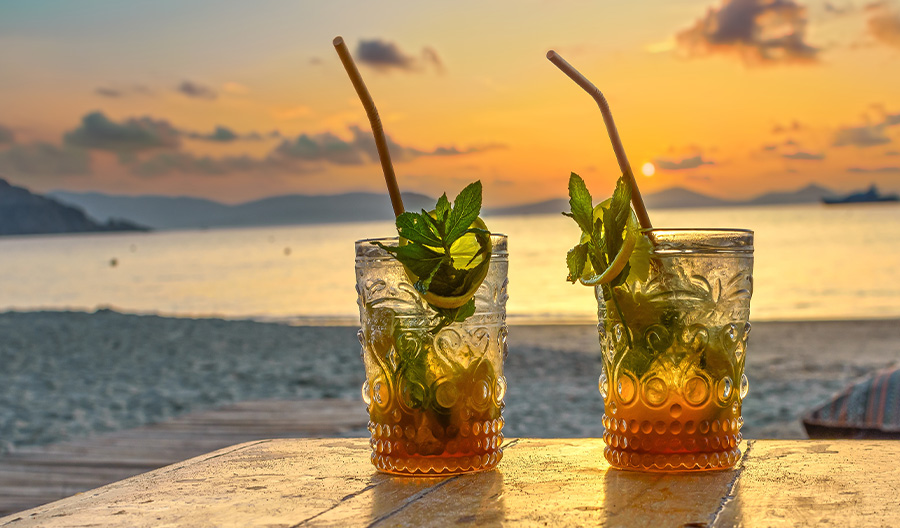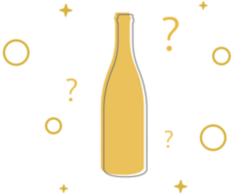Highly mixable, rum is a key ingredient in four of the top 10 bestselling cocktails in the 2023 Cocktail Trends report. After years of being overshadowed by whiskey, increased growth in premium (+5.3%) and super premium (+14.4%) rum has positioned this spirit to have its moment in the sun. And with 64% of customers responding that they drink cocktails at home, rum is ready to shine on retail shelves!
Below are five key learnings to help merchandise and upsell in your retail space.
- 21% of consumption occurs on the same or the next day the product was purchased
- 26% of shoppers buy because they have had a previous positive experience with the product
- 49% of shoppers have a specific brand in mind when making a purchase
- Coupons/deals entice the shopper
- When rum is purchased, vodka & whiskey are often purchased in the same basket

The true beauty of rum lies in its versatility. The spirit is produced in more than 80 countries, and in a wide range of styles and proofs. With varieties that span from mild white rum to dark and full-bodied Navy-strength, chances are high that there’s a rum out there for every palate. Add that to the Global Brand Ambassador Survey of 2022, which revealed that 32% of bartenders expect to see increased premiumization in aged rums over the next year. So rum’s flavors are perfect whether sipped on its own, or when mixed in cocktails.
A key ingredient in four of the top 10 bestselling cocktails in the 2023 Cocktail Trends report – the Mojito (#1), Daiquiri (#2), Piña Colada, and Rum & Coke, makes rum a key ingredient on every cocktail menu.
Below are five myths about this rising star – rum.
1. Rum is always sweet.
Yes, all rum is made from sugar. No, that doesn’t mean it’s sweet. Yeast diligently converts sugar to alcohol and carbon dioxide before it goes into the still. White rum can be as dry as any liquor. And aging in oak adds tannins and other wood flavorings that can produce dark rum as puckery as Scotch.
2. Rum is best mixed with fruit juices.
Rum has traditionally been a cheap spirit, and so it was often mixed with cheap juices for frat parties. But a good rum holds its own in classic cocktails like a rum Manhattan or a rum Old Fashioned. The finest aged rums are best appreciated neat, like cognac.
3. Rum is a Caribbean/West Indian spirit.
Rum’s commercial birthplace may have been the sugar cane fields of the islands and the tropics, but prior to the American Revolution, dozens of rum distilleries existed in New England. Today, rum is again a North American product, with craft distillers making distinctive rums from Hawaii and New Orleans to Boston.
4. Pirates always drank rum.
Pirates drank whatever they could plunder, and in the early days, that was chiefly Spanish wine. Contemporary accounts of the dreaded Captain Morgan—the real one—don’t even mention rum. It wasn’t until the late 17th and early 18th centuries that pirates started to drink rum, concurrent with the rise of the West Indian rum trade.
5. “Rhum” is a French affectation (or a typo).
You’ll often see “rhum” on the labels of rums from French-speaking areas, especially the island of Martinique. This is not just French contrariness. Rather, it typically distinguishes rum made from fresh sugar cane juice from rum made from molasses. In white rhums especially, you can expect a funkier, grassier flavor.

